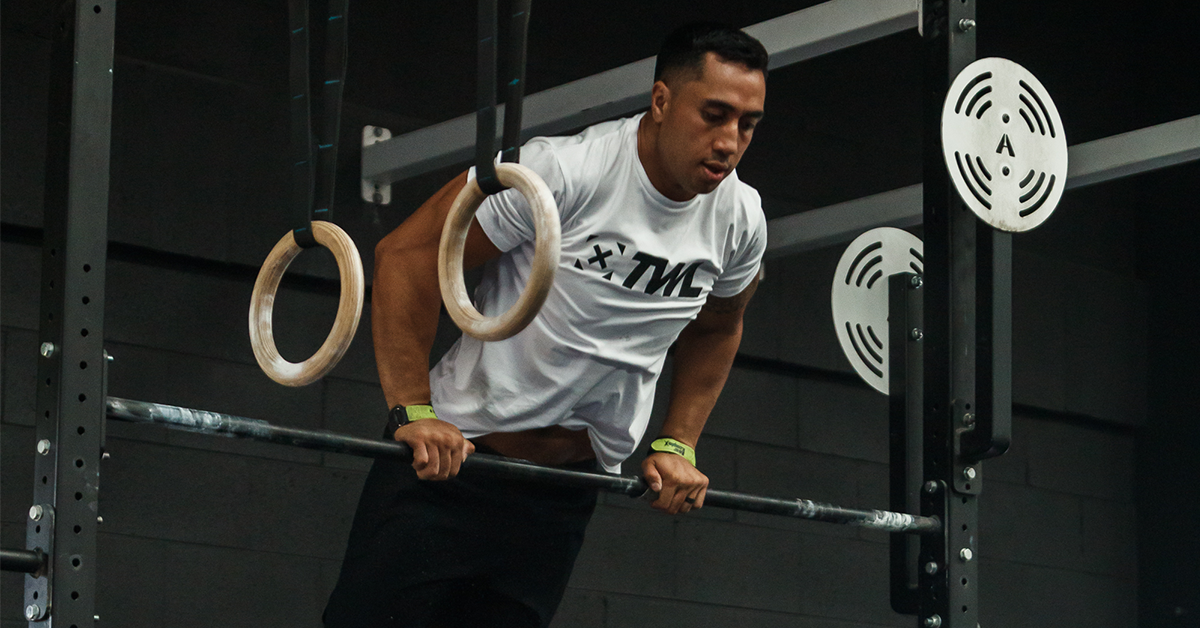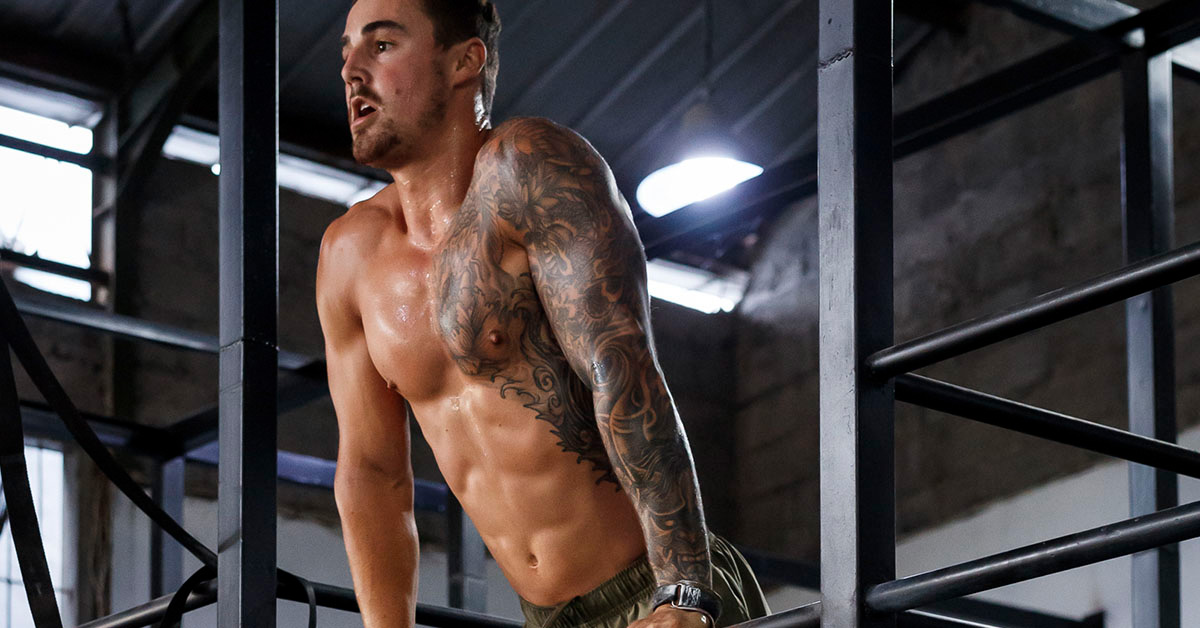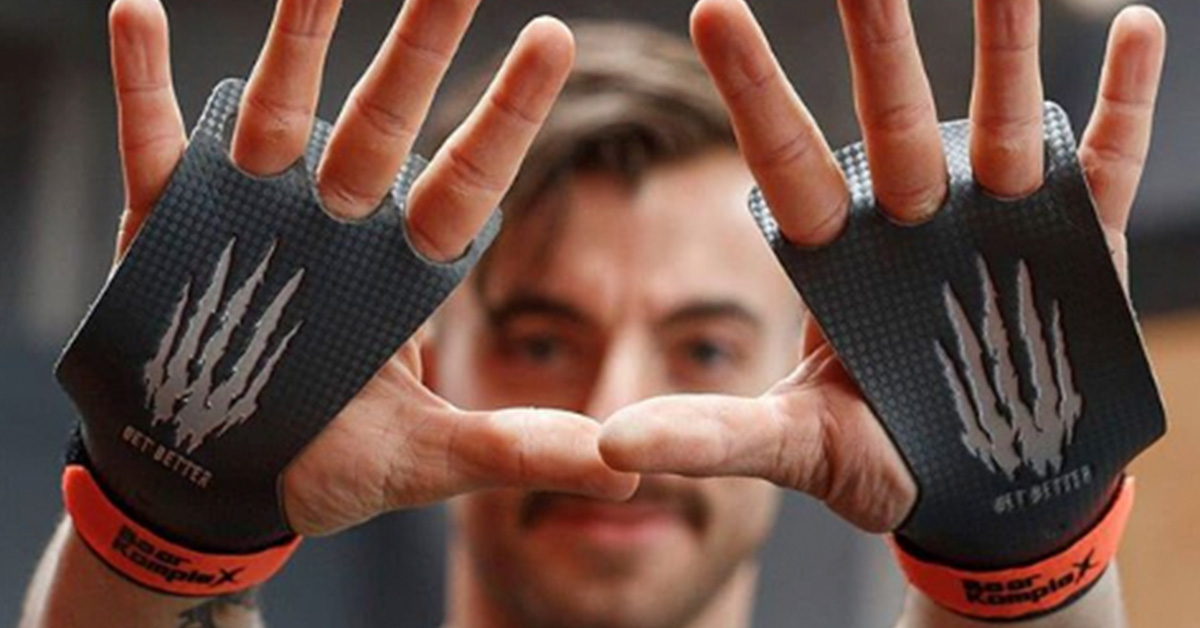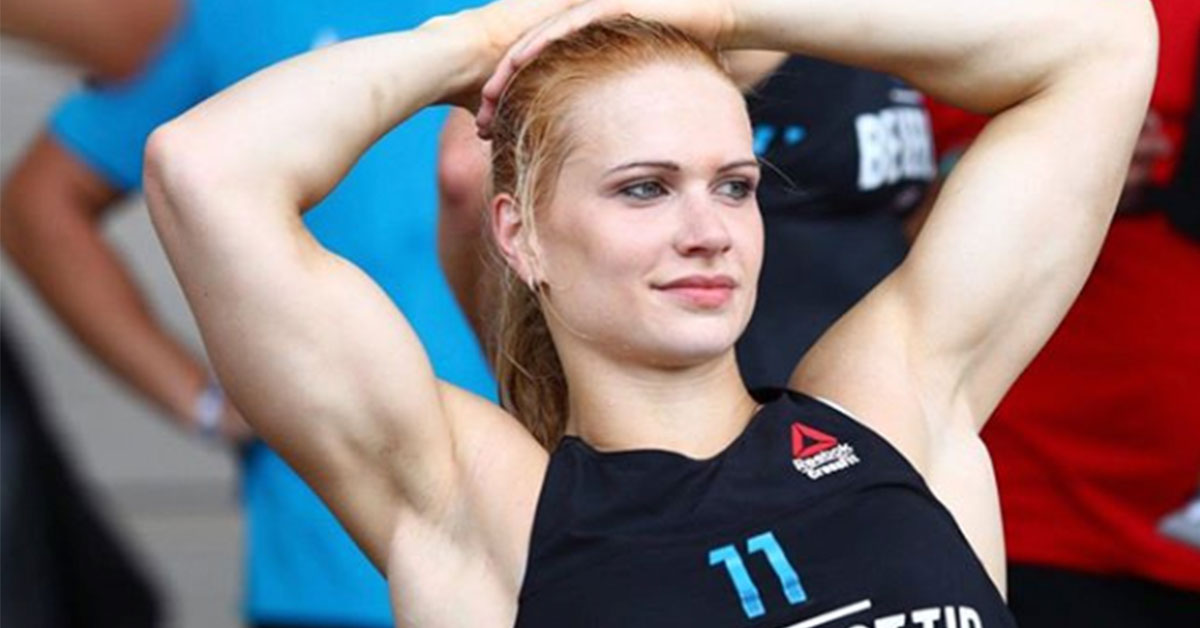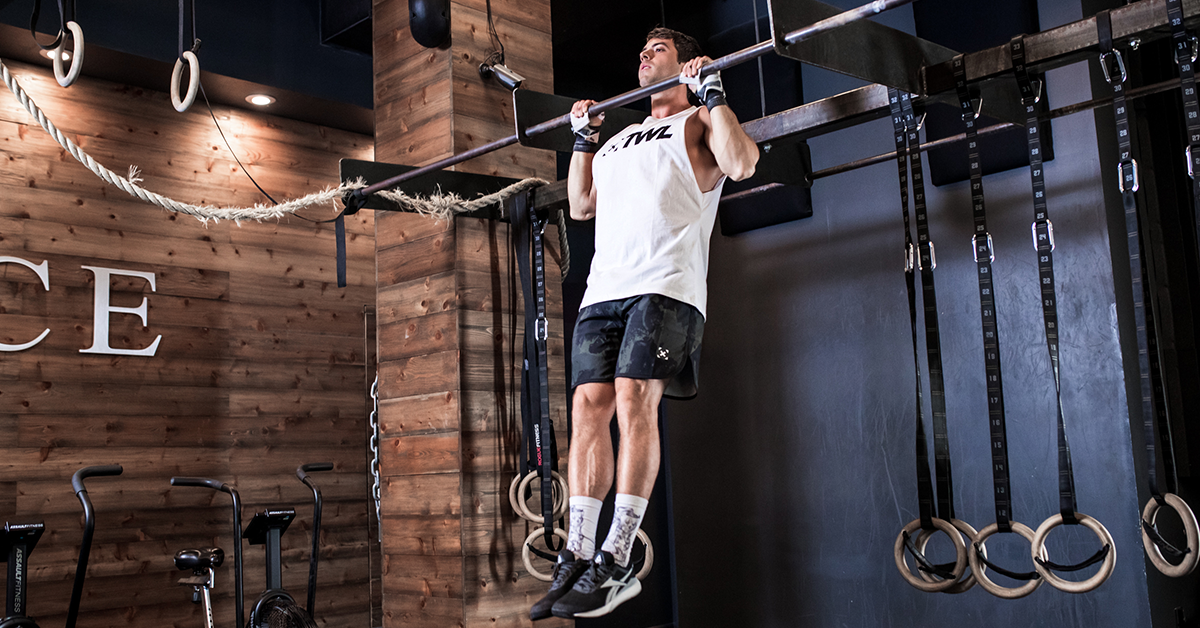When you really love something — that something being fitness — it’s only natural you want to get good at it. While we have our individual weaknesses (for me, double-unders and assault bike), there are few movements universally considered to be “high skill.” Bar muscle-ups are one of those movements. In fact, because unlike the rings the bar is a non-moving object — which means getting into position moving around the bar — some consider them harder than ring muscle-ups.
As high-skill as this acro-inspired gymnastic move may be, it looks cool, which means bar muscle-ups are one thing a lot of athletes who may not have the strength or foundational skills to do the movement safely indeed attempt to do.
“Before you attempt a bar muscle-up, you should be proficient in kipping pull-ups, chest-to-bar pull-ups, and ideally dips,” said Allison Warner, CF-L1, coach at ICE NYC in Manhattan. “You should also be able to do a strict pull-up, because this will ensure you have the shoulder stability and strength to do a bar muscle-up. Bar muscle-ups require the development of the lats and traps. It also activates other muscles, but those two are particularly important,” she added.
That said, the best part about functional fitness is the workouts are universally scalable, which means people at all fitness levels, technical abilities, and strength can come to a box and do the WOD. Keeping that in mind, Warner shared four scaling options when bar muscle-ups appear in a workout.
Shop Now
4 Ways to Scale Bar Muscle-Ups
1. Chest-to-Bar Pull-Ups and Dips
“The pull-up is the motor that gives you the strength to pull over the bar. The dip is the strength required to press out at the top of the bar,” said Warner. “If you have butterfly pull-ups, save them for another workout, because that is not the movement pattern of a bar-muscle up, but kipping is,” she added.
What does that look like in a WOD? If there are five bar muscle-ups in a WOD, do five chest-to-bar pull-ups and five dips for a total of 10 reps. “Ideally, these will be bar dips, but box dips and ring dips are okay too,” she said.
Whether you do “five sets of one chest-to-bar and one dip” OR “one set of five chest-to-bars and five dips” will depend on the intention of the workout. “If it’s meant to be a fast-paced workout, do the latter because otherwise, your heart rate will come down too much between the transitions, which may defeat the intent of the WOD.”
“But if the point of the workout is to work on your muscle-ups, do the former,” said Warner. If you are not sure what the intention of the workout is, just ask your coach.
Note: if you cannot do chest-to-bar pull-ups, banded chest-to-bar pull-ups or kipping pull-ups are a further scale. If you are still working on your dips, try banded dips.
2. Banded Bar Muscle-Ups
“The bar muscle-up movement pattern requires good positional body awareness and skill. Practicing the muscle-up with the assistance of a resistance band can help teach athletes how to transition from the ‘pull’ phase to the ‘push’ phase of the muscle-up,” Warner explained.
However, this progression does not give a ton of support at the top part of the pull of the muscle-up, which is where many people struggle. Thus, this scaling option is best for athletes who have strong pulling strength but who are still learning the muscle-up movement pattern.
“When choosing a band, remember that it should be hard, not easy! You don’t want to be able to jump up and do a set of 20 banded muscle-ups. You should pick a band that fatigues you in a similar way that fatigues athletes who are doing regular bar muscle-ups,” Warner said.
Note: Another option is to tie a band horizontally between two columns or squat stations and stand on it. Here, the band will support your feet. You want the distance between the band and the bar to be comfortable so you can muscle-up using the momentum of the band-induced bounce.
3. Spotted Bar Muscle-Ups
“Hopefully you have a coach who is able and willing to do this. This is my favorite way to coach bar muscle-ups,” said Warner. These will give the same muscle activation as their unspotted counterpart. The best part is the coach can provide as much help as you need without any additional help.
“There are two main ways to do it. First, the coach can place a hand on the athlete’s back and if the athlete can get high enough in the pull-up, the coach can push the athlete back up higher so that the athlete is rising above the bar. Some athletes may ‘get’ the movement from here, but others may need their coach to guide them at the top. The second option is for the coach to hold the athlete’s legs so that the coach is lifting the athlete’s legs as he or she is going up. This is best for athletes who have strong dip strength because the coach has less control,” Warner explained.
Note: depending on the size of your class, this may not be possible during a WOD. In that case, try to find a coach who is willing to do a few spotted bar muscle-ups with you before or after class.
Psst! Don’t let nasty tears happen to you. Check out these grips and this tape for optimal hand protection.
4. Jumping Bar Muscle-Ups
If an athlete needs to work on the top portion of his or her bar muscle-up, this is a great option. Either the athlete needs a bar that is shorter than him or her or the athlete needs to move a box to one at normal height.
To do a jumping bar muscle-up, first wrap your hands around the bar and use your legs to jump up. When you feel your weight is over the bar, lean your weight on the bar and bring your elbows up and behind you, then push up until you have straight arms.
“These are harder than they sound,” said Warner. The box should be low enough so the athlete needs to use strength to pull up and press out on the last bit on the bar muscle-up. “This will help build motor memory and will give the athlete a good idea when they need to pull in order to get into position to press out at the top,” she added.
Stock up on all the best fitness gear and equipment. Shop with TWL today!

